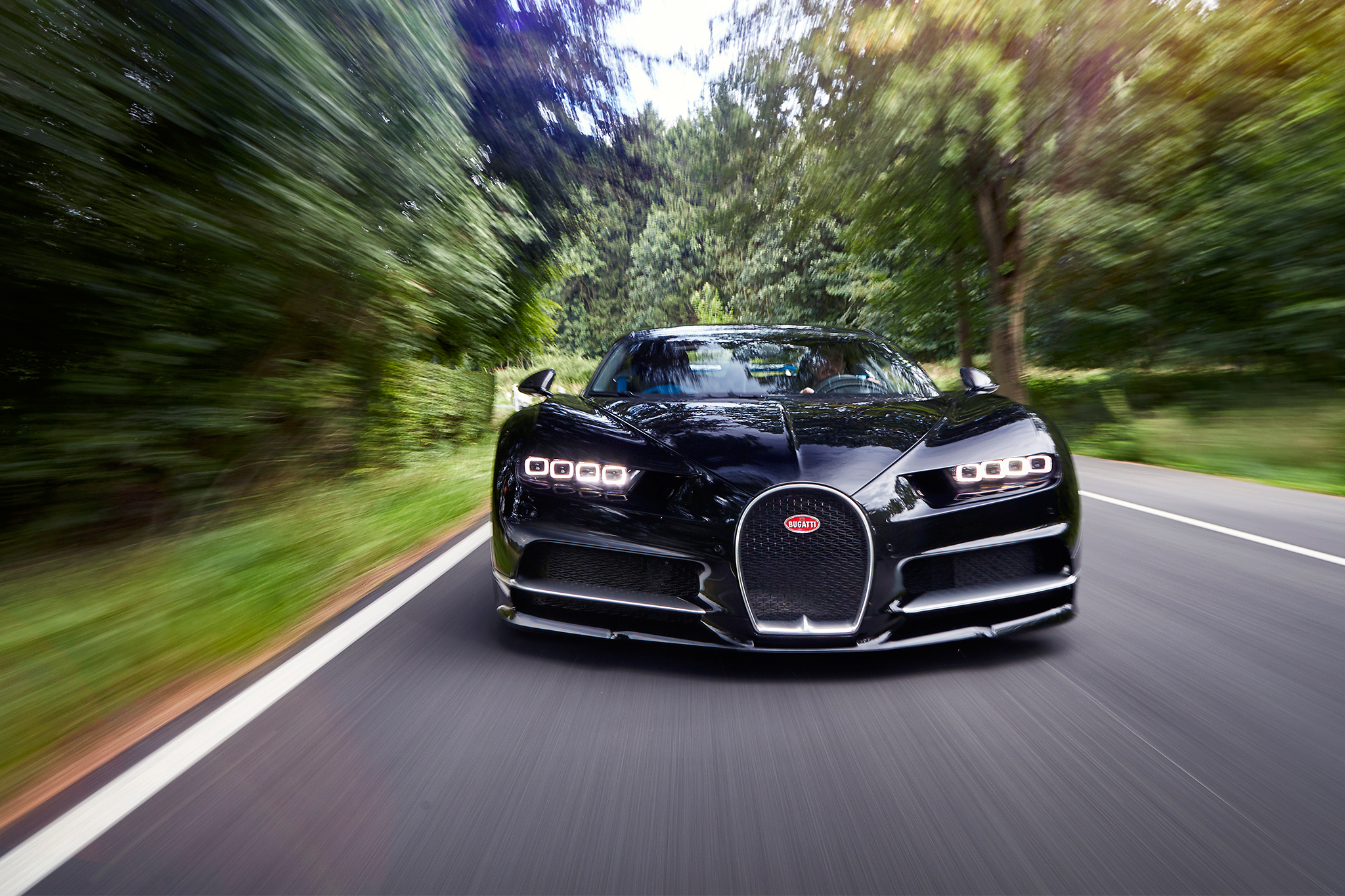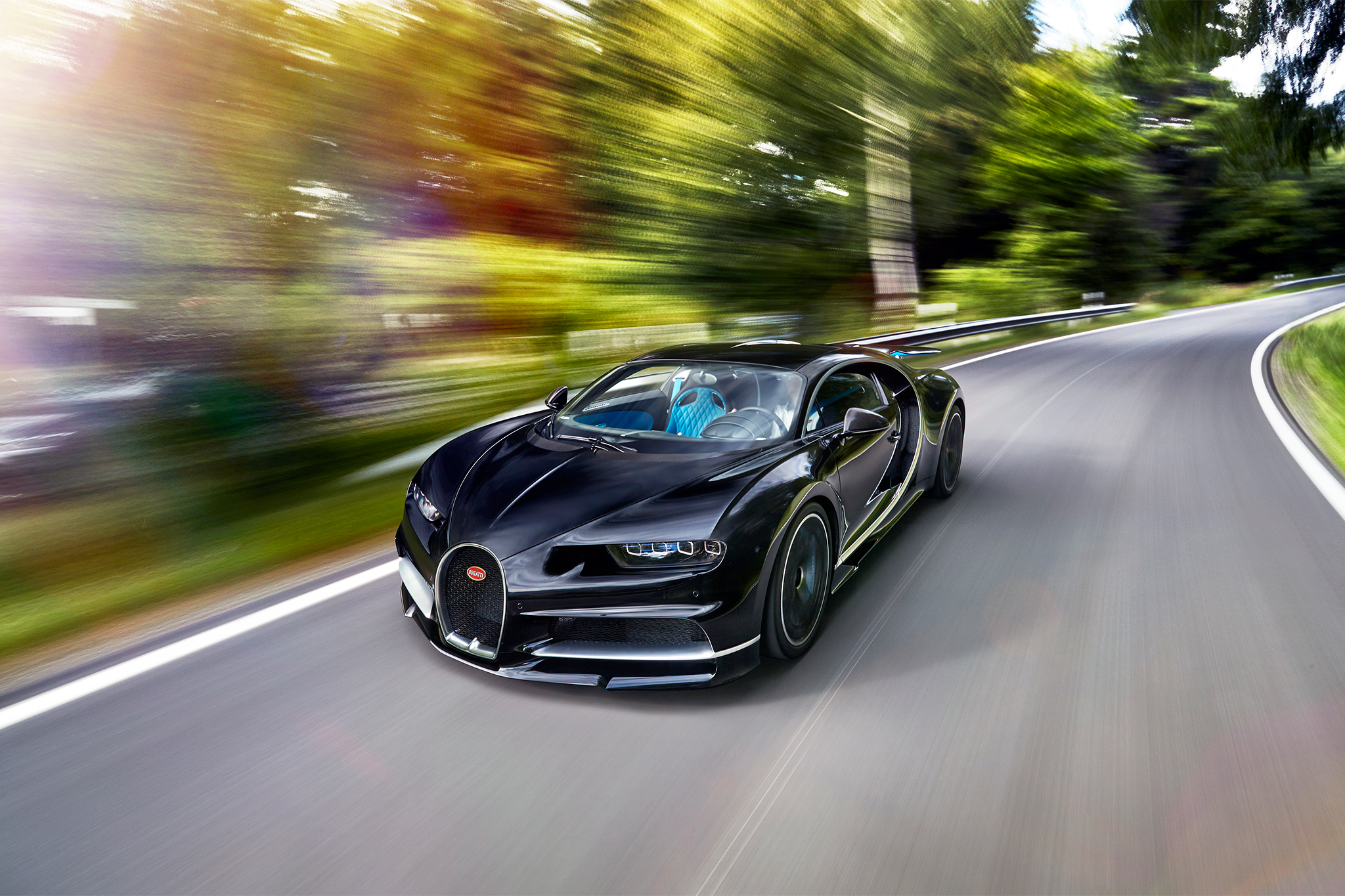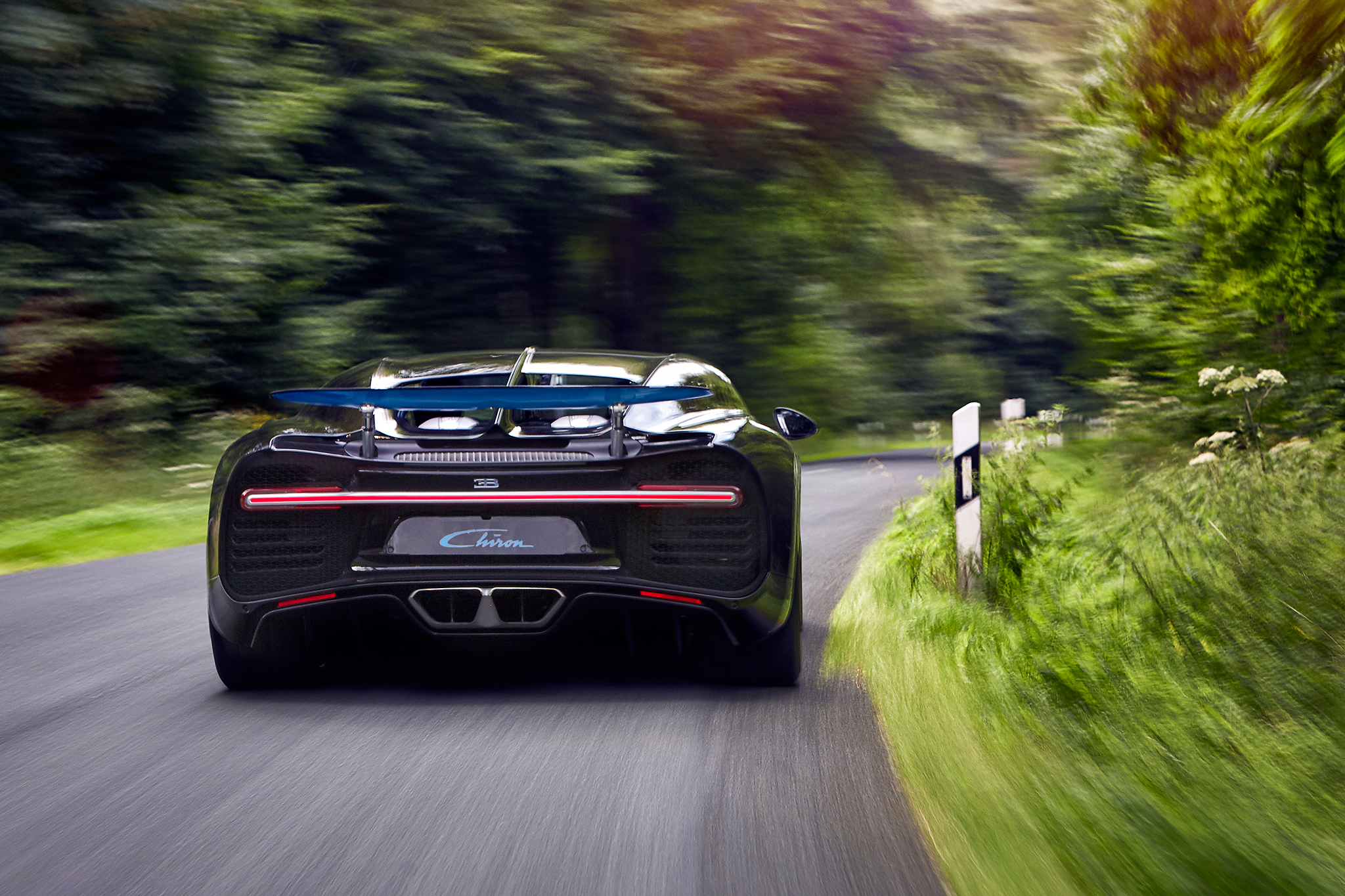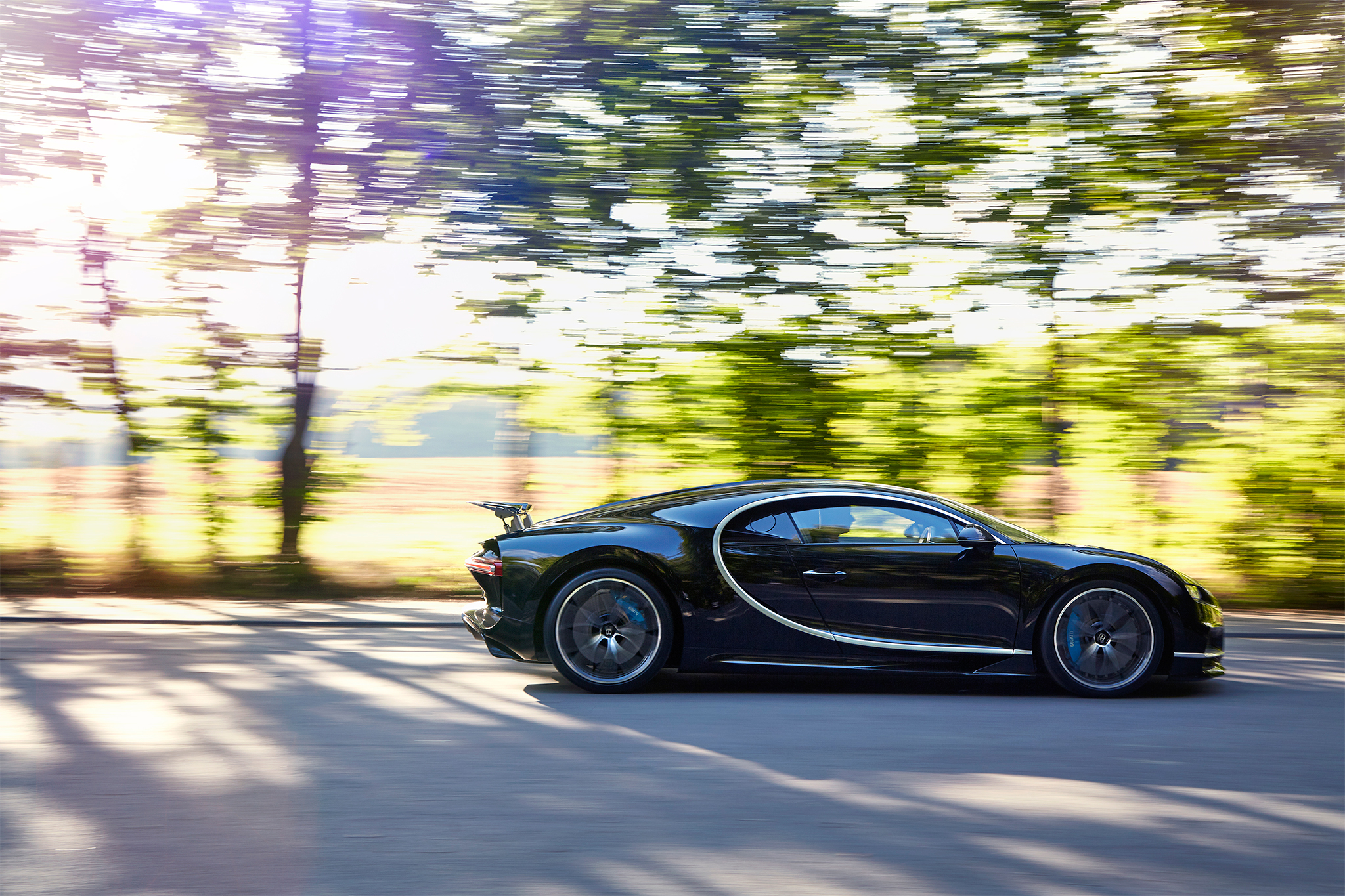- Get link
- X
- Other Apps
- Get link
- X
- Other Apps
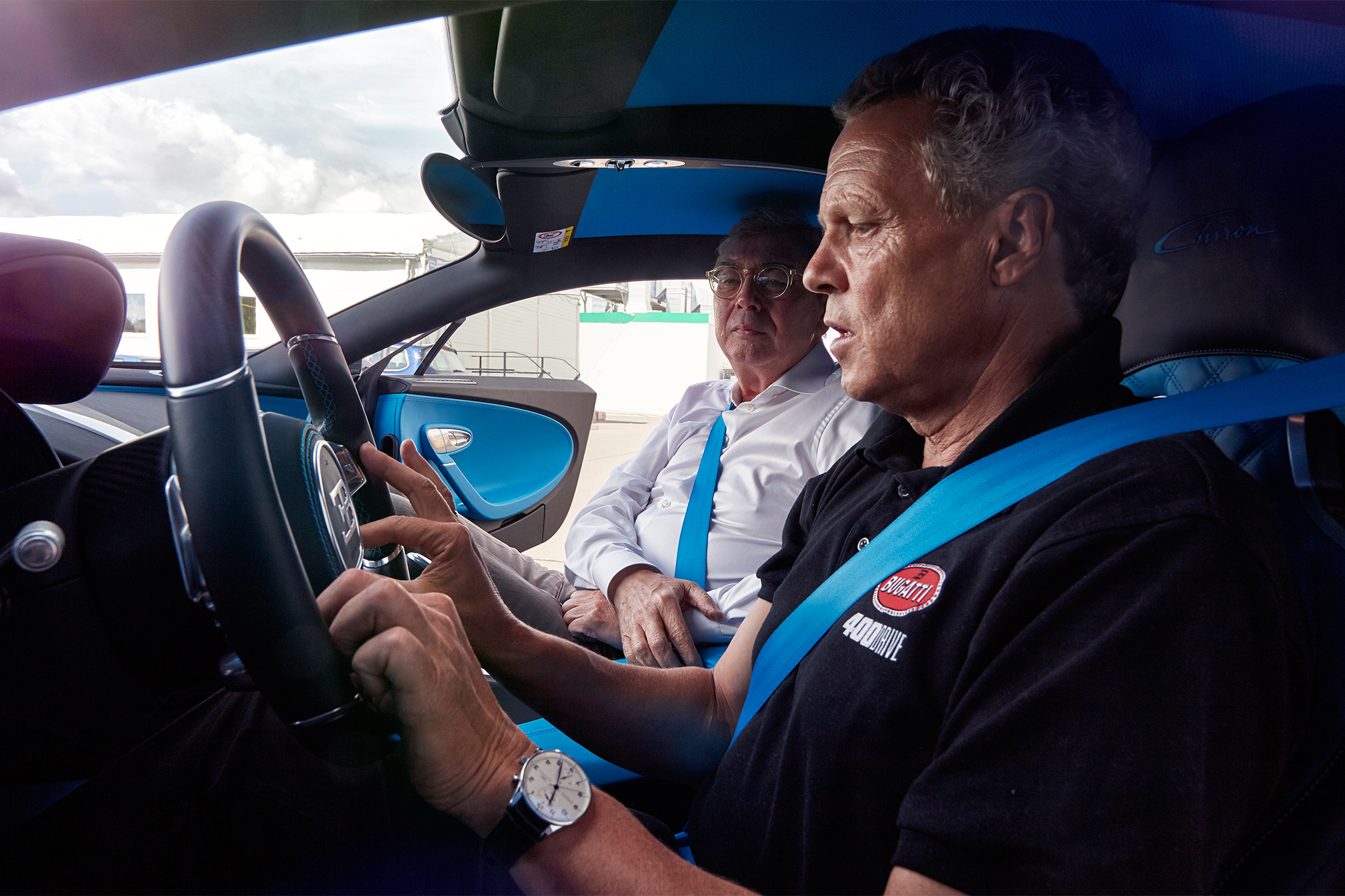
KONTAK PERKASA FUTURES - Two-hundred-and-seventeen
bloody miles per hour. And counting. And breathing. Hard. 224. Down the
descent, and up again. So effortless. So fast. It’s surreal. 230. As
the world hurtles by at warp speed, I glance over at the driver, Bentley and Bugatti CEO Wolfgang Dürheimer. The priceless muscle play on his face has all the makings of a viral YouTube video.
Approaching
a blind crest, Dürheimer decelerates wham-bang hard — a highly
physical, energy-squashing maneuver: 186 … 155 … 124 mph. That’s still
way too fast for the Anti-Destination League member in the silver
Volkswagen Sharan van meandering toward the fast lane. Welcome to the
German autobahn in 2016, where anything still goes but nothing can be
taken for granted, especially when you’re at the wheel of the Bugatti Chiron — a 1,500-horsepower hypercar roaming its own parallel universe.“Speed is both absolute and relative,” says Dürheimer, as he carefully scans the road ahead. “To stay on top of the proceedings, you must constantly readjust your eyes and brain. You see, at 300 kph (186 mph), reaction time and stopping distance are nothing like at 200 kph (124 mph). And you are always out on a limb, because other road users simply don’t expect the unexpected, even if it’s painted bright red and running on high beam.” A current-gen 911 Turbo attempts to give chase, but even at full throttle the silver Porsche has zero chance against a car that can accelerate from 0 to 186 mph in 13.6 seconds. Our W-16-powered express vrooms past it like an invincible videogame hero.
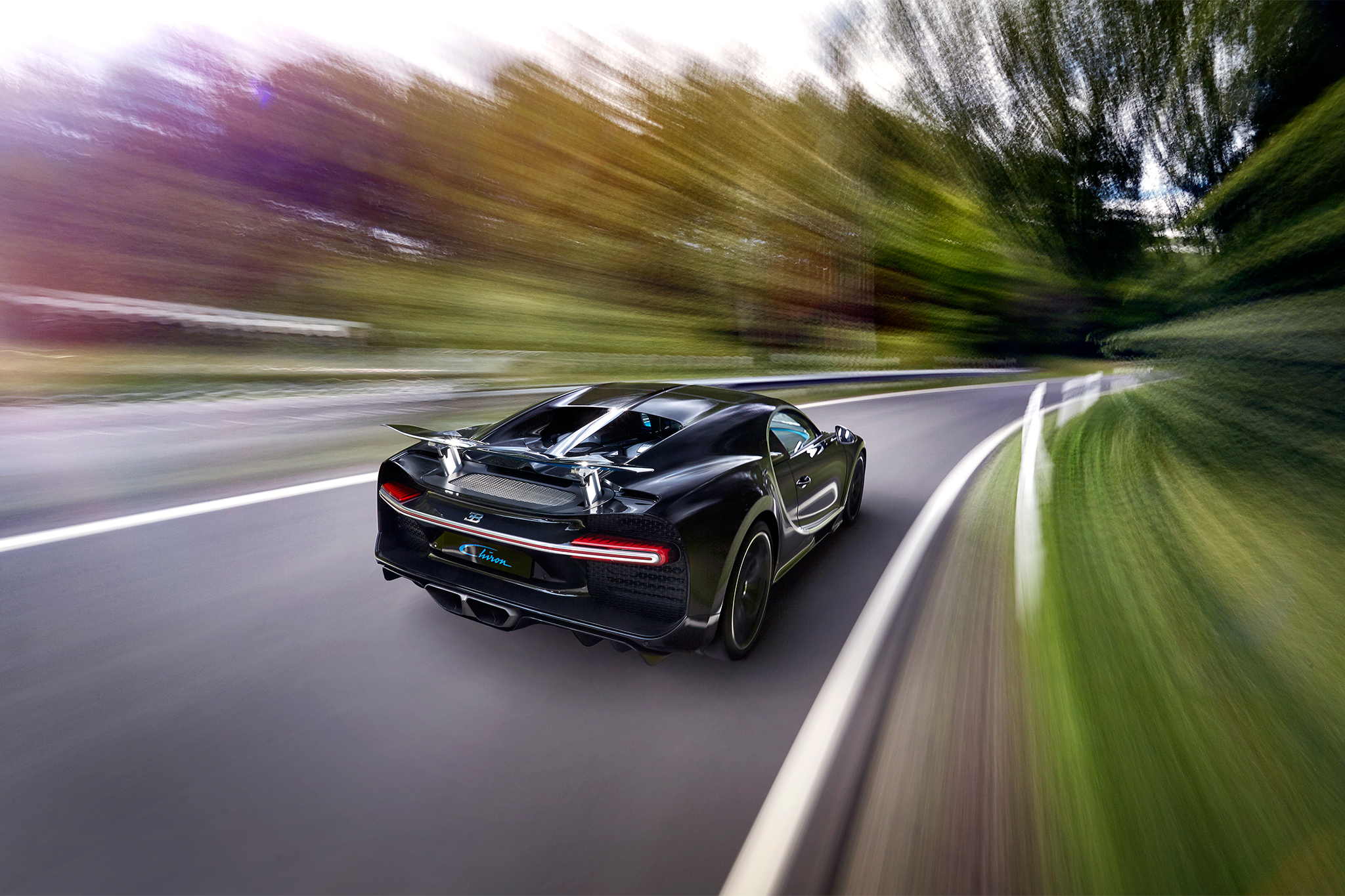
“There is no run-off here,” Dürheimer says, apologizing. “But on a racetrack or a proving ground, I love dialing in the handling setup, which now includes an ‘easy-to-drift’ feature.”
At less than 2.4 seconds from 0 to 60 mph, the all-wheel-drive, 4,400-pound Chiron is virtually as quick as an F1 car, and with a top speed of roughly 261 mph, it’s also some 26 mph faster at the top end than the fastest speed ever recorded by an F1 car in an official session. In order to reach its elusive terminal velocity, you need to have the speed key in the ON position, the chassis in its lowest setting, the rear rudder fixed in top-speed mode, and all 50 onboard computers wide awake. You’ll also need somewhere to air it out, somewhere like Volkswagen’s Ehra-Lessien proving loop, where later this year Bugatti’s chief test driver Loris Bicocchi will reportedly attempt to set a new production-car speed record in the Chiron: 450 kph (280 mph).
“Even more so than in the [Veyron] Super Sport, 350 kph (217 mph) is so incredibly accessible now,” says a beaming Dürheimer. “As soon as the 450-kph milestone has been established as the new benchmark, 500 kph (311 mph) will be the next focus. That’s the direction progress takes, like it or not.” As if to prove his point, he makes me lean over to take a closer look at the analog speedo, which terminates at — you guessed it — a completely outlandish 500 kph.
Conversely, the Chiron is also perfectly capable of puttering through built-up areas in the least aggressive of its five modes: Lift, EB (for Ettore Bugatti), Autobahn, Handling, and Top Speed—all controlled by a Porsche-style rotary program selector integrated in the steering-wheel.
“Are you ready for a couple of quick changes of direction?” asks Dürheimer. Fine by me, even though the speedometer reads about 155 mph. There’s a flick to the right, pause, flick to the left, pause. Repeat, and then once more. The Chiron acts as if it is following an invisible magnetic field — prompt, precise, flat, and totally fuss free. “Now let’s do this across three lanes.” Whatever you say, sir. The speed has dropped below 120 mph by now, and Dürheimer turns in more aggressively, holds the lock a little longer, and sets the car straight again more affirmatively. No understeer, no oversteer, no comment. It’s a new level of high-speed poise.
The Chiron acts as if it is following an invisible magnetic field
There is no air suspension, no rear-wheel steering, no hydraulic drivetrain mounts to brag about. Instead, the Chiron is underpinned by a relatively straightforward (for a hypercar) all-steel-and-aluminum double-wishbone setup with electronically controlled differentials. But Dürheimer says the variable-rate steering is what makes all the difference. It automatically adapts to the chosen driving program, is quicker yet more progressively damped, and the feedback provided is more authentic and blunt. The car’s biggest dynamic drawback? Its massive turning circle, a legacy transferred from its Veyron predecessor, of which the new model still relates to in more ways than one. “We tightened it a bit by tucking the nose in using the rear-diff lock, but it is admittedly a characteristic that takes some getting used to,” acknowledges Netuschil.
Unlike the Veyron’s mechanical and monothematic exhaust note, the Chiron’s heavily revised 8.0-liter W-16 has a greater variation of vocal registers. Despite creating more than enough decibel drama to send bystanders scrambling for their smartphones, the mid-engined mauler is surprisingly quiet inside, although there’s a more intense full-throttle grumble from behind the firewall. The hard-working set of bespoke Michelins (285/30R-20 front 355/25R-21 rear), which costs only half as much as the previous generation (we’re still talking about 15,000 euros for a fresh four), drones and haws at speed but rarely shrieks or yells at the limit, and help the Chiron pull 1.5 g on the skidpad.
The speed-limit sign at the Wolfsburg exit reads 40 kph (25 mph). It’s a narrow, curling, soft-shoulder off-ramp. On the approach to this right-hand bottleneck, Dürheimer downshifts. A smidgen of lift-off, a tightening nudge at the helm, and voilà, we leave behind thin rubber marks from beginning to end. “There is no run-off here,” Dürheimer says, apologizing. “But on a racetrack or a proving ground, I love dialing in the handling setup, which now includes an ‘easy-to-drift’ feature.”
At the lunch stop in a small village near the border of the former German Democratic Republic, the Chiron sweats off the autobahn workout with sizzling exhausts, crackling brakes, and gurgling coolant. Heat is an ever-present issue. “Predictably, we were facing a major conflict of interest between top-notch aerodynamics and thermal well-being” says Netuschil. “To solve this dilemma, we installed a record number of 10 different radiators and coolers.” Complementing the main horseshoe grille and lower cooling apertures, a hydraulic actuator permanently adjusts the balance of drag and downforce while directing air to the brakes. In addition to the large lateral intake scoops, breathing assistance is also provided via active, underfloor front diffusers and three NACA ducts.
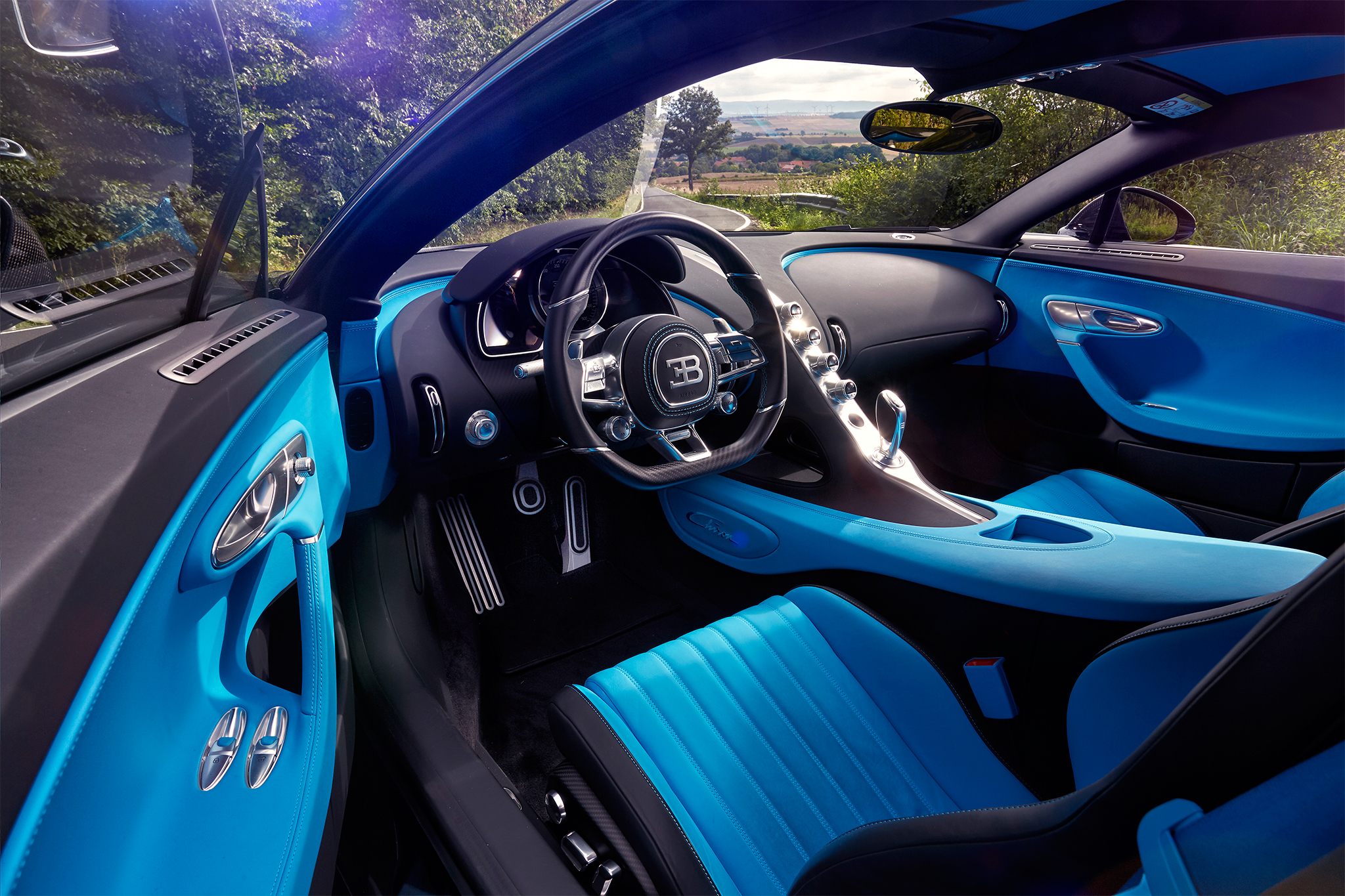
The Chiron’s weight distribution of 43/57 percent front/rear suggests a nicely composed handling balance, and several belly strakes made of rubber and carbon fiber support the directional stability at speed. Chassis maker Dallara — of Veyron and IndyCar fame — will again bake the new carbon-fiber monocoque, which is claimed to be as rigid as a Porsche LMP1 Le Mans racer. The outer skin is made from the same material and can be painted, lacquered, or both. The enamel-over-silver front emblem weighs a cheeky 5.5 ounces, and buyers are invited to look at 39 trim colors before approaching the tailor-made department.
Presumably to satisfy the marketing department, the Chiron boasts four different interior ambience settings: Icon, Performance, Cruise, and Classic. The seat design can be relatively rudimentary, emphatically sports, or fully electric. The sound system is courtesy of Accuton, which will tune amplifier and speakers to match specific cabin surfaces. Since the slim center stack is occupied with climate-control buttons, it’s on the driver to dial in most commands, from infotainment requests to manual up- and downshifts. The screen to the left of the speedo displays such vehicle-related data as revs, torque delivery, and fuel level. The monitor on the right deals with navigation, music, and the phone. As the speed increases from fast to stupid fast, driver information is reduced step by step to nothing but rpm and kph.
Even though the Chiron celebrates ultimate luxury by means of fine hides, amazing surface finishes, and beautifully executed details, it isn’t without idiosyncrasies. There is no head-up display and no assistance system worth mentioning, though there are enough onboard cameras and sensors to deal with visibility issues. There are also several in-cab space oddities, the cargo hold is tiny, and a special tool is required to mechanically clean the outside of the rear window.
Despite a list price north of 2.4 million euros, 230 of the planned run of 500 cars are reportedly already spoken for — before a single customer has driven one. It’s easy to understand why: Like the Veyron before it, the Chiron occupies its own unique space. It is about extreme speed, as in time-warp acceleration way beyond the threshold of lesser machines. Add to this a large measure of style, refinement, and exclusivity, and it’s not hard to understand why every week at least one ultra-high-net-worth individual takes the bait — even if this car needs a circuit or a private airstrip to show off properly.
2017 Bugatti Chiron Specifications
| On Sale: | Now |
| Price: | $2.6 million (base) (est) |
| Engine: | 8.0-liter quad-turbo DOHC 64-valve W-16/1,500 hp @ 6,700 rpm, 1,180 lb-ft @ 2,000-6,000 rpm |
| Transmission: | 7-speed dual-clutch automatic |
| Layout: | 2-door, 2-passenger, mid-engine, AWD coupe |
| EPA Mileage: | N/A |
| L x W x H: | 178.9 x 80.2 x 47.7 in |
| Wheelbase: | 106.7 in |
| Weight: | 4,400 lb |
| 0-60 MPH: | 2.3 sec (est) |
| Top Speed: | 261 mph |
- Get link
- X
- Other Apps
